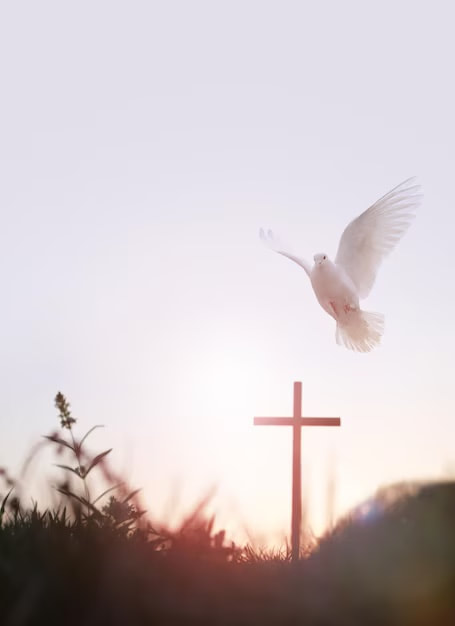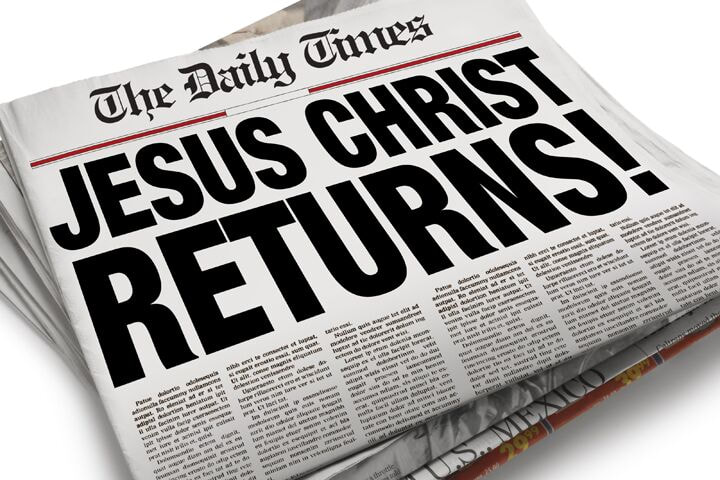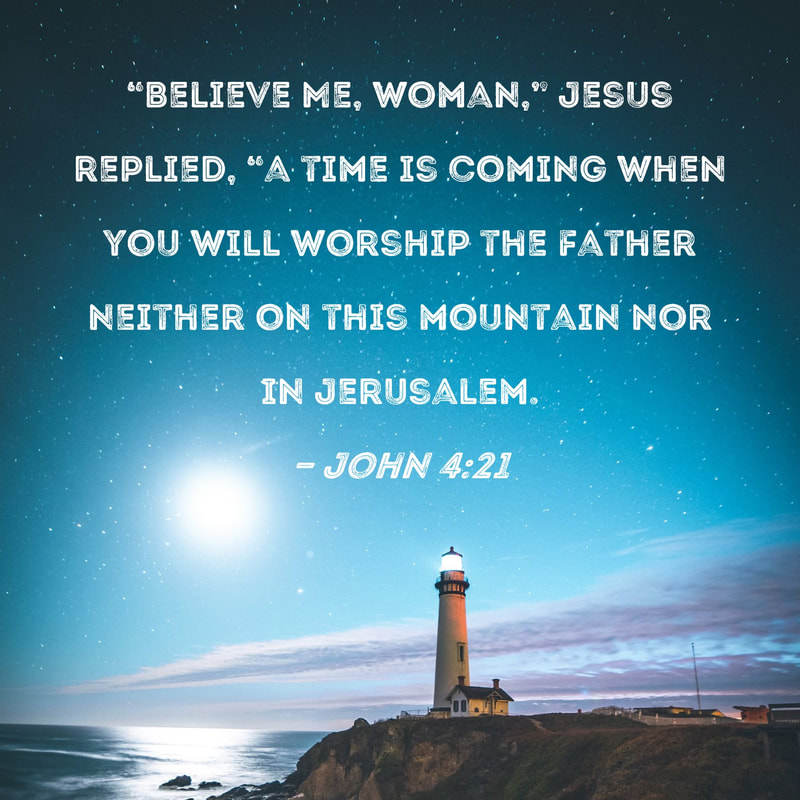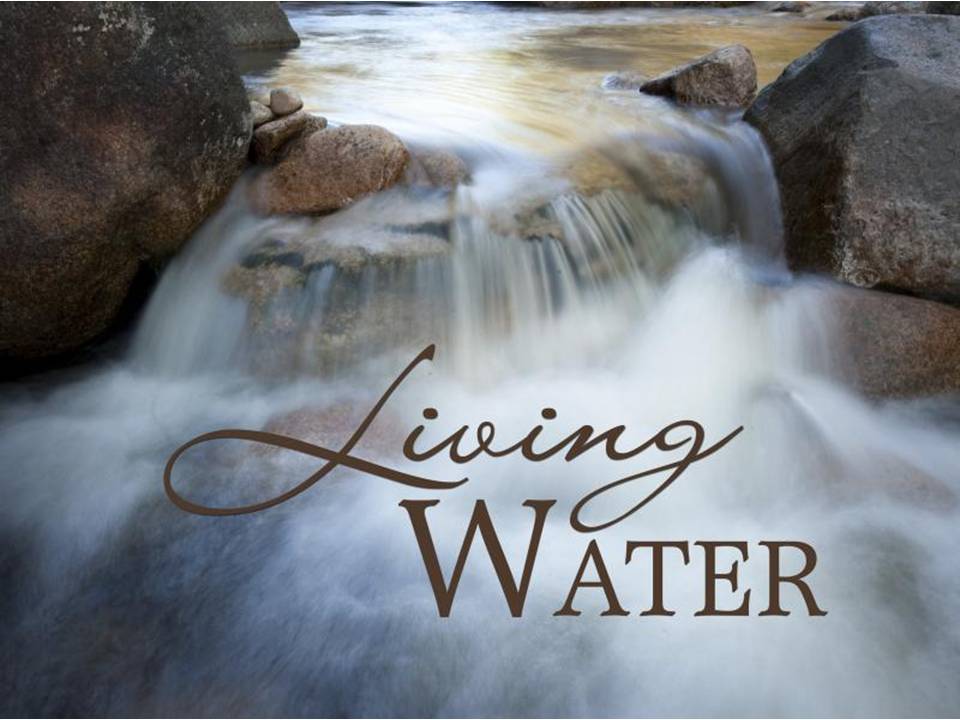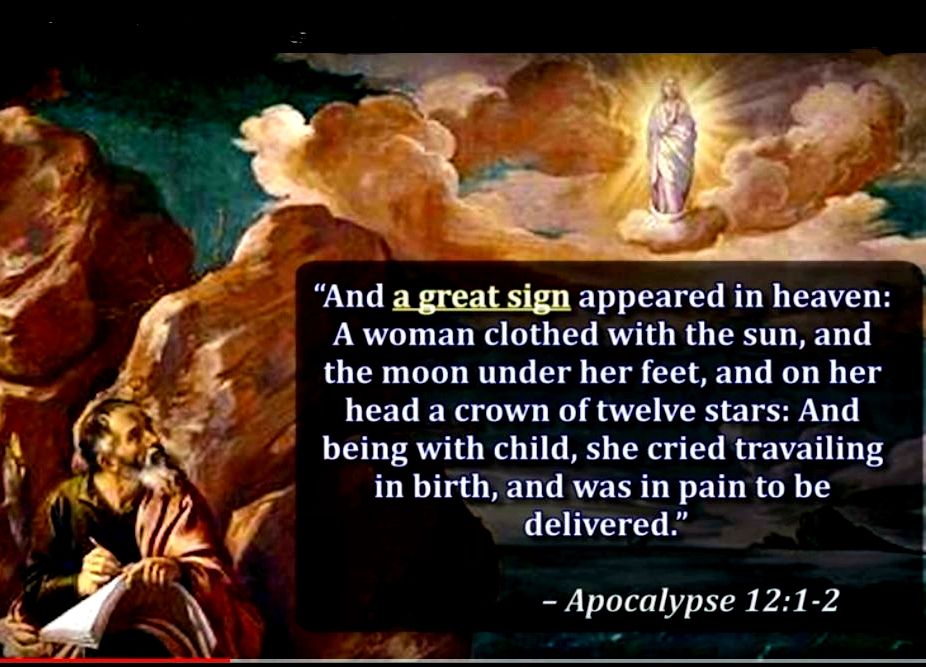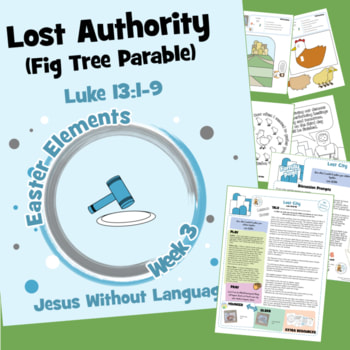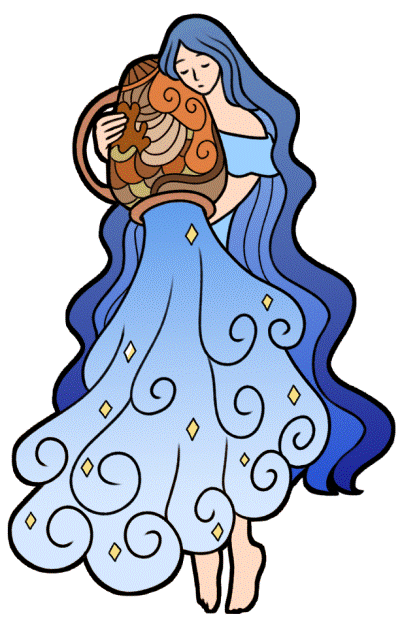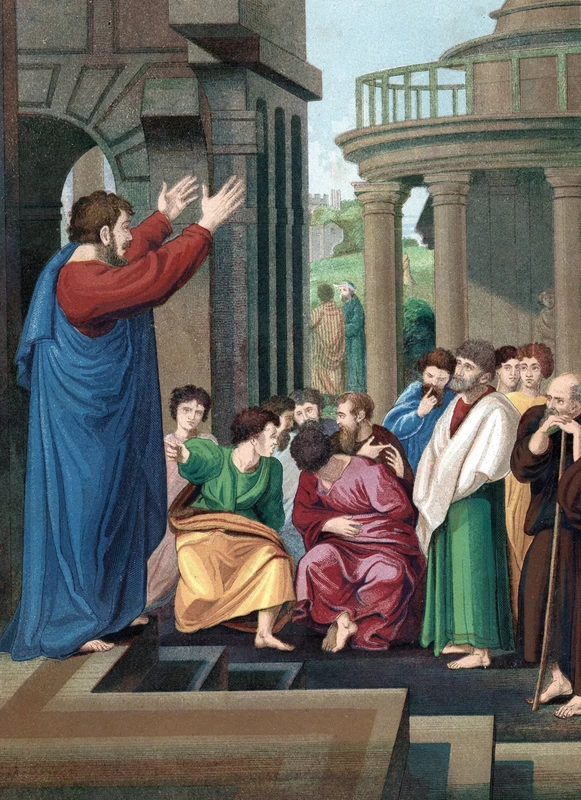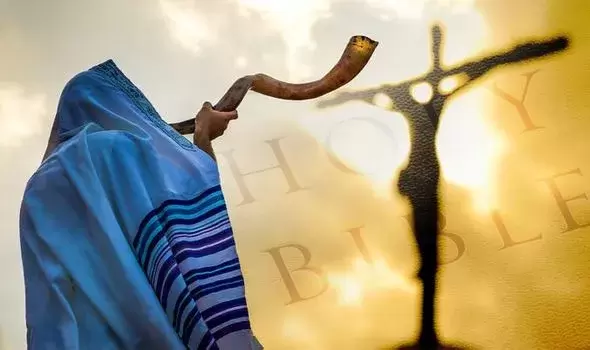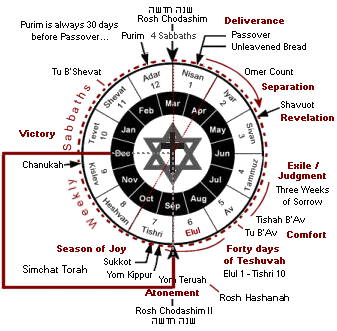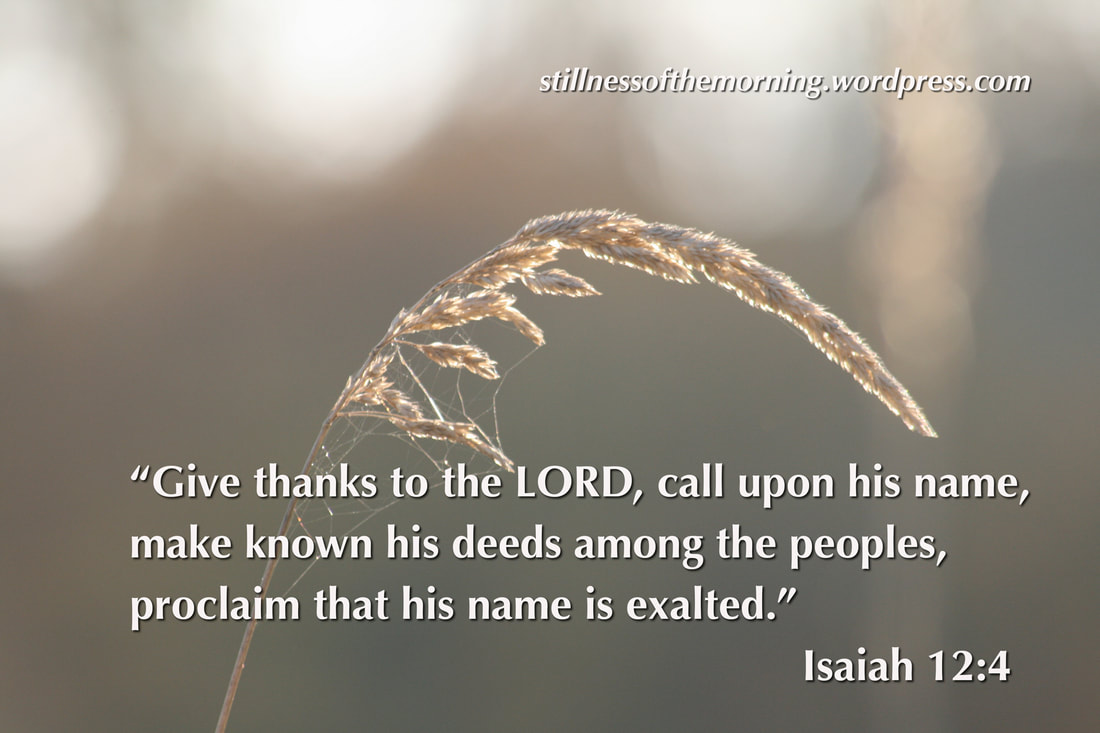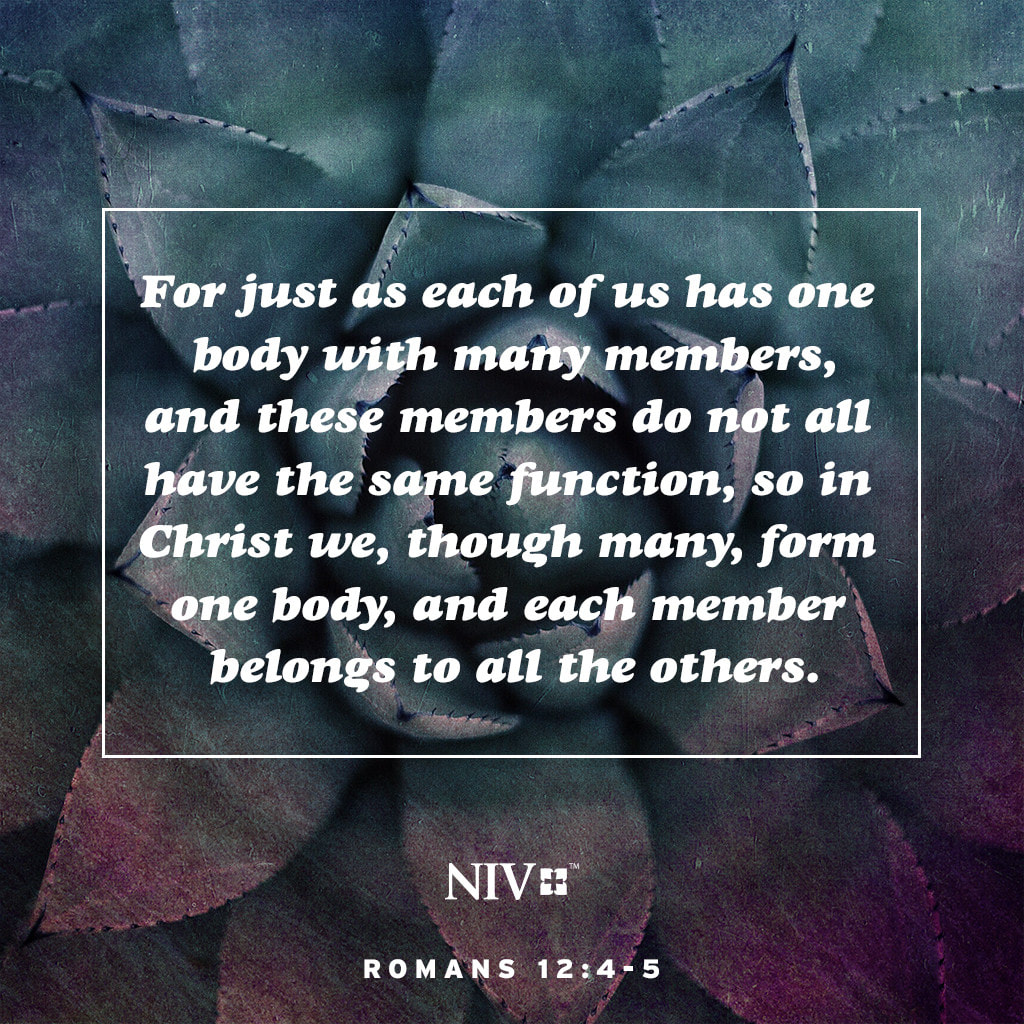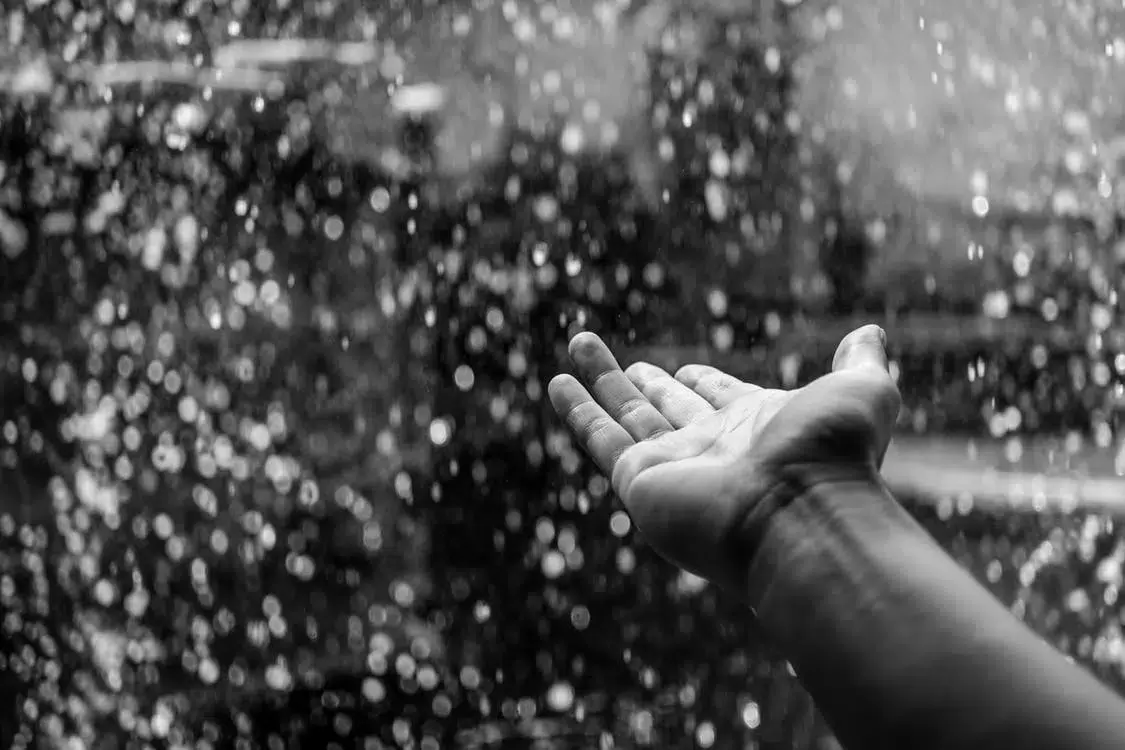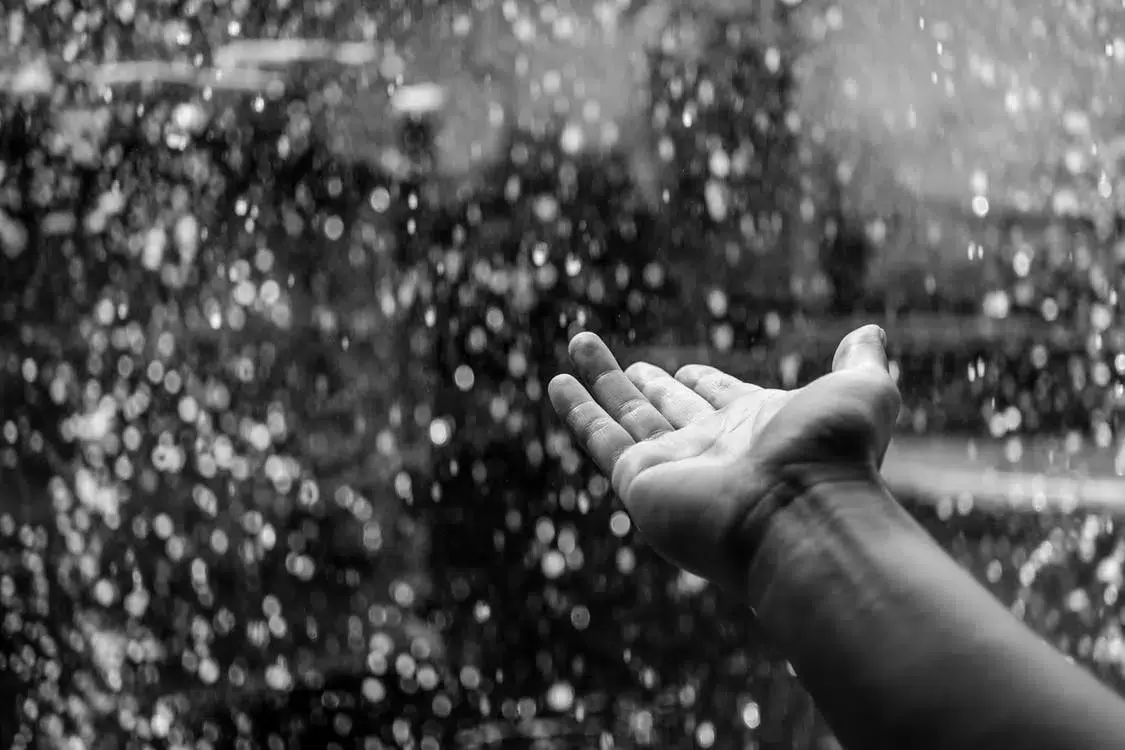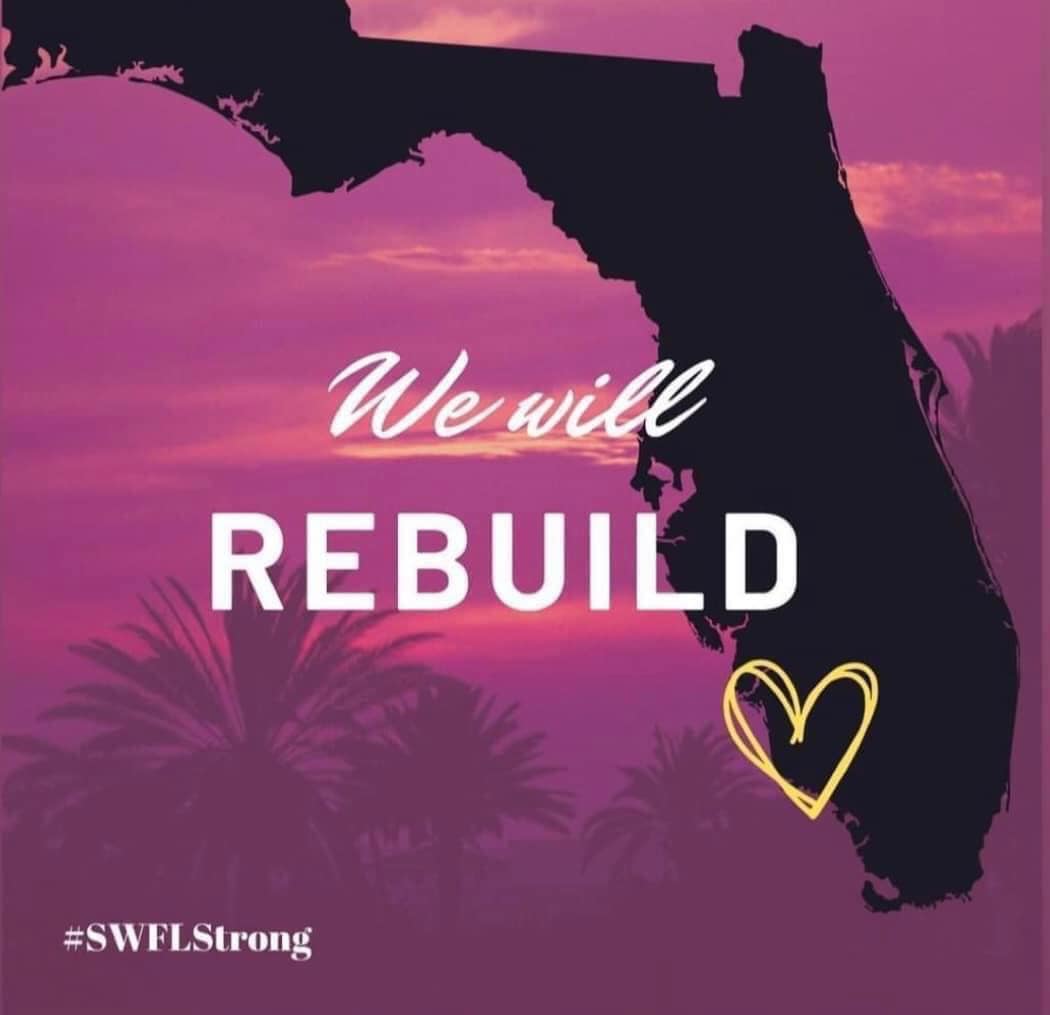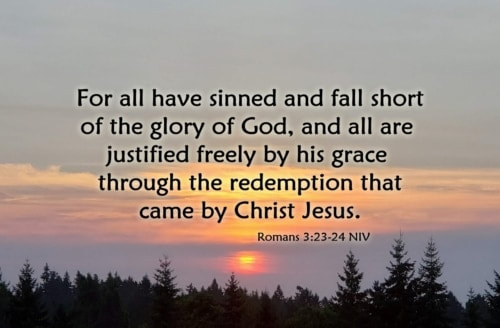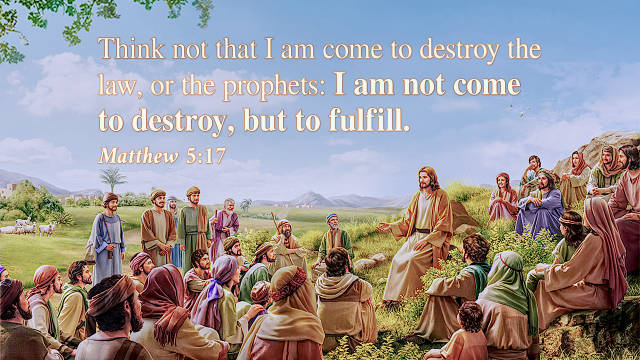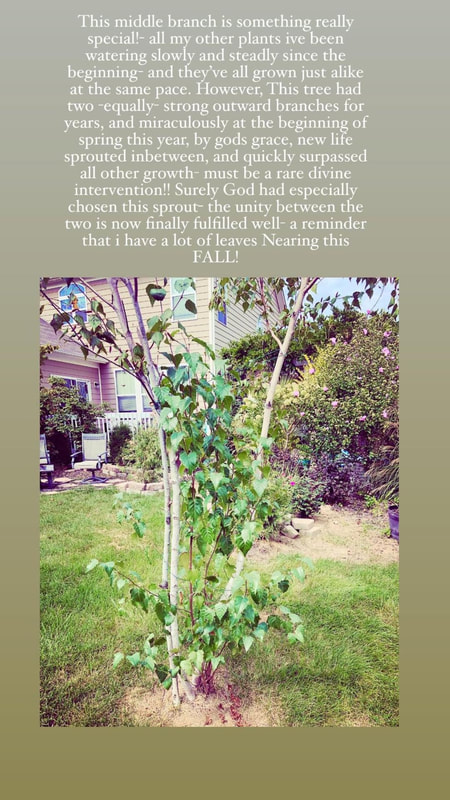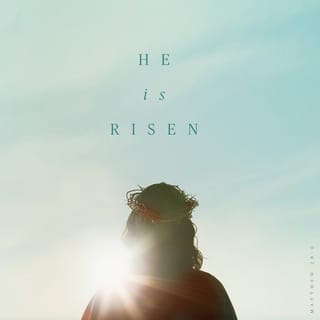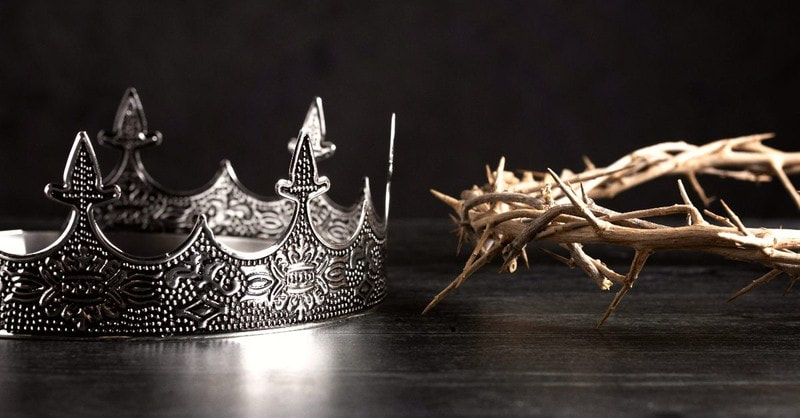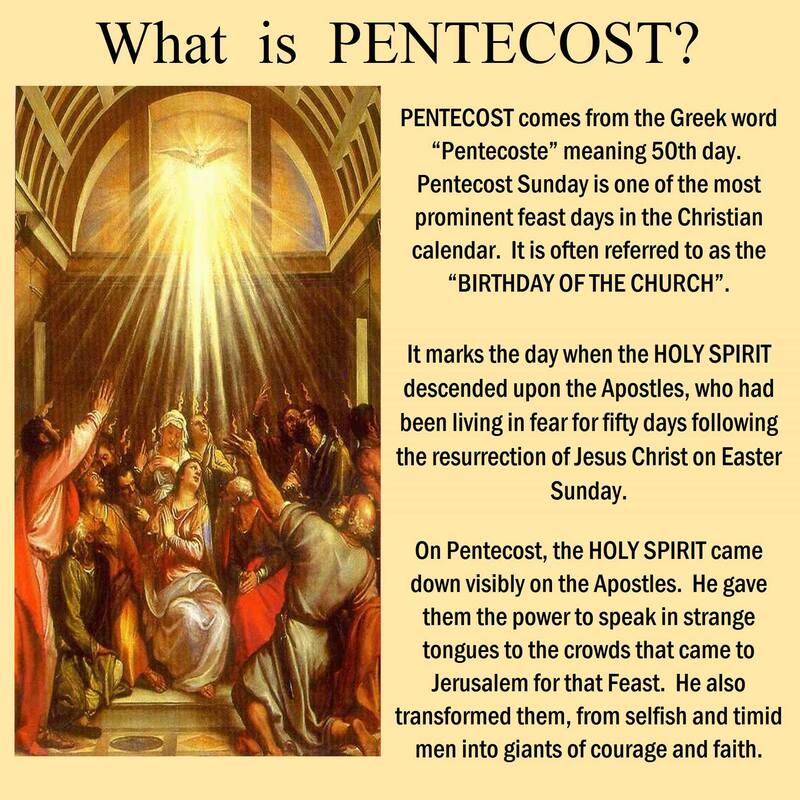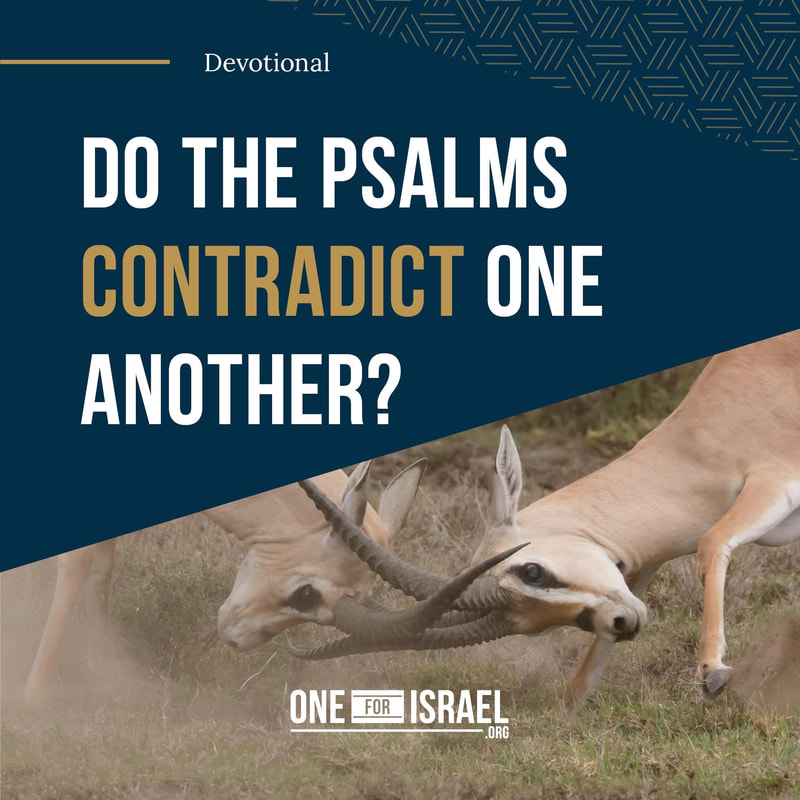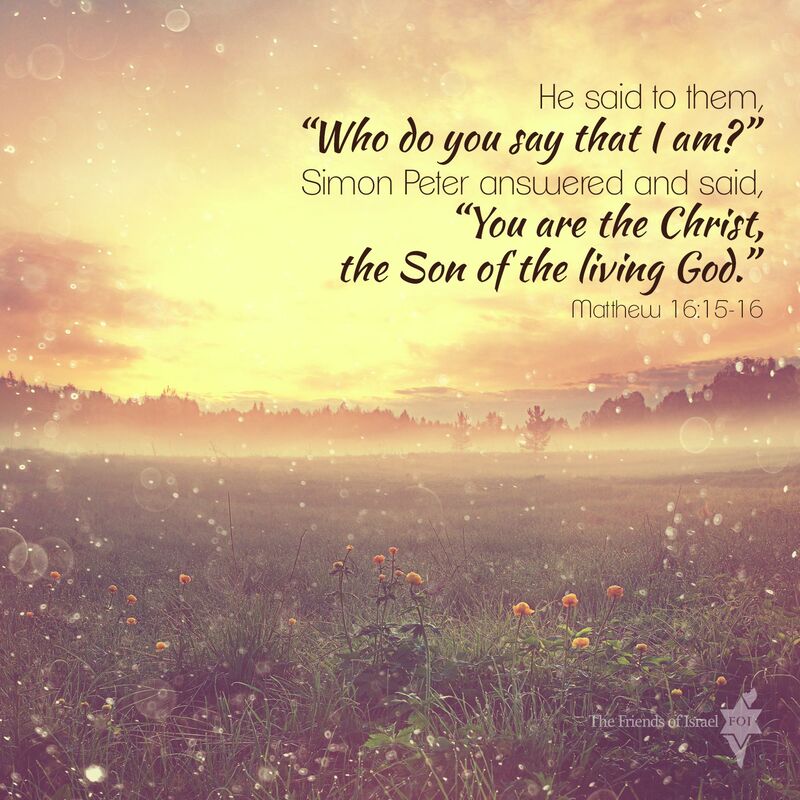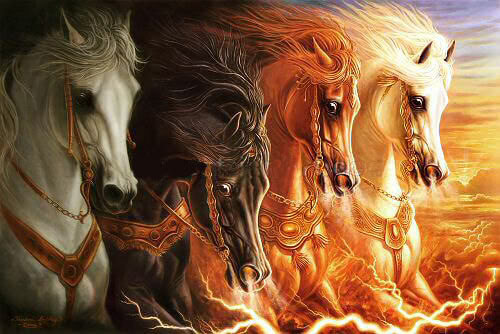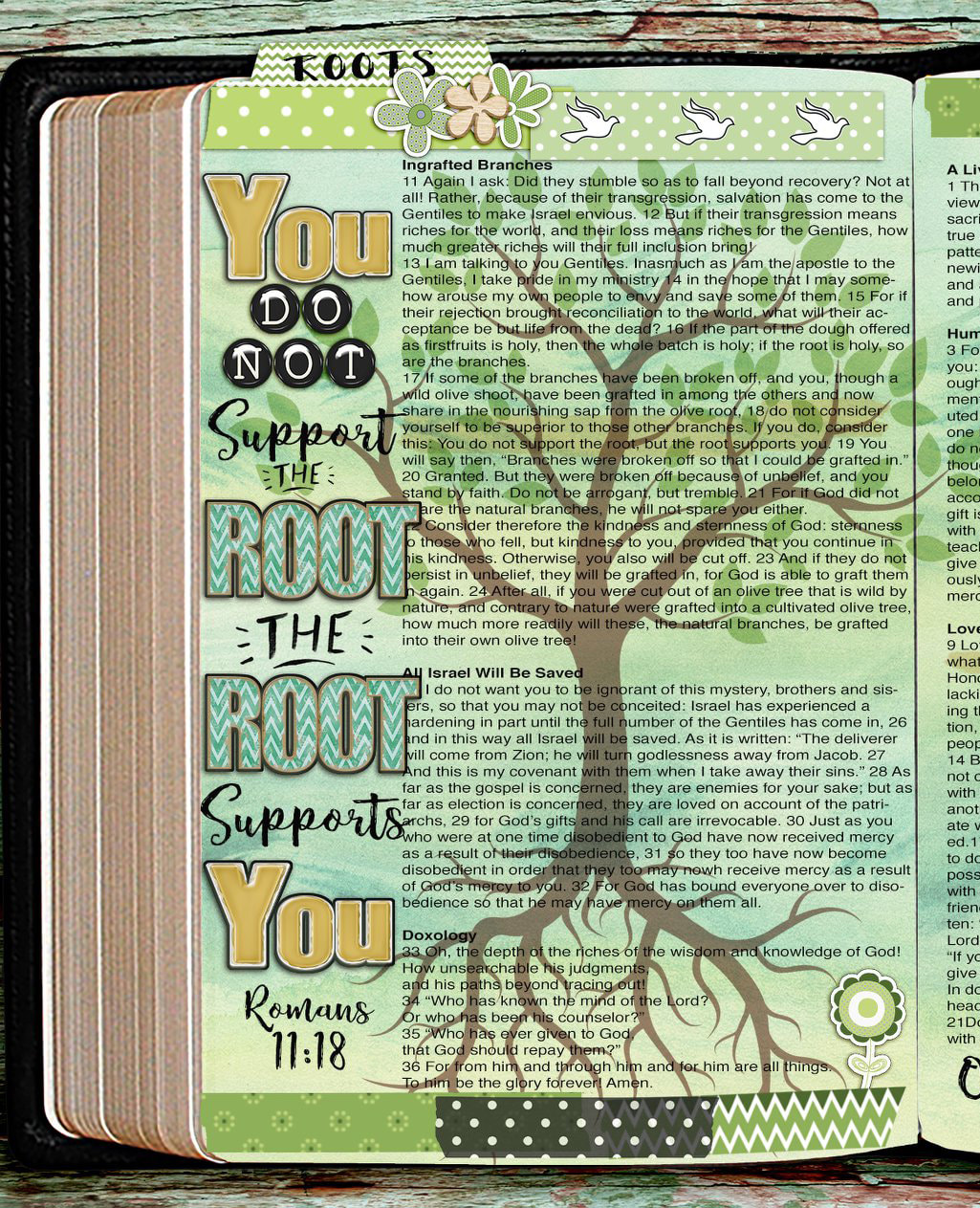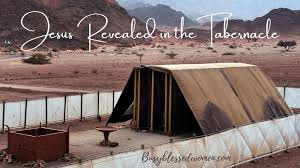The
second death
is mentioned on multiple occasions in
the
book of Revelation
and is synonymous with the lake of fire.
It is a “death”
in that it is a
separation from God,
the Giver of life.
It is called the “second” one
because it follows physical death.
Three other places in Revelation also mention the second death. The first is Revelation 2:11: “He who has an ear, let him hear what the Spirit says to the churches. He who overcomes will not be hurt at all by the second death.” In this verse, Jesus promises that believers (“overcomers”; see 1 John 5:4) will not experience the lake of fire. The second death is exclusively for those who have rejected Christ. It is not a place believers in Christ should fear.
Revelation 20:6 speaks of the second death in relation to a future period called the Millennium:
"Blessed and holy
are those who have part in the
first resurrection.
The second death has no power over them,
but they will be
priests of God and of Christ and
will reign
with him for a thousand years.”
This verse notes three important facts. First, those who die for their faith in Jesus during the Tribulation will later be resurrected to enter the Millennium and live with Him. Second, these martyrs will escape the lake of fire or second death. Third, they will reign with Christ.
The second death is also mentioned in Revelation 20:14-15: “Then death and Hades were thrown into the lake of fire. The lake of fire is the second death. If anyone’s name was not found written in the book of life, he was thrown into the lake of fire.” At the end of time, even death and the grave (Hades) will be thrown into the lake of fire. In addition, every person not included in the book of life will be thrown into the lake of fire. This condition will be final; the destination is permanent.
In summary, the second death is a reference to the lake of fire where those who are separated from God by their sin will dwell for eternity. This judgment was recorded in Scripture as a warning to unbelievers to seek the salvation that Jesus Christ provides. The coming judgment should also challenge believers to share their faith. There is a vast difference between the final destination of those who know Christ and those who do not.
In the New Testament, the abyss is described as a dark and chaotic prison for the fallen angels or demons, who are under God’s control (Luke 8:31; 2 Pet 2:4; Jude 6; Rev 20:1, 3). In Revelation it is the place from which the beast arises (Rev 11:7; 17:8). The abyss is also the place of Satan’s im- prisonment during the millennium (Rev 20:1–3) until he receives his final punishment in the lake of fire (20:10). As a result of the confinement of Satan and the fallen angels, their freedom and activities are restricted. In the fifth trumpet scene, however, the restriction is removed, giving the demonic forces partial freedom to perform their harmful activities.
As the star opens the bottomless pit, a massive smoke of locusts emerg- es resembling “the smoke of a great furnace” (9:2). In the Bible, locusts are a symbol of judgment (see Stefanovic 2009:307). However, these are clearly not ordinary locusts. Their power is compared to the power of scorpions (9:3; also in v. 5; on the figurative use of scorpions in the OT see 1 Kgs 12:11 and 14). This brings to mind Jesus’ statement in which he likens demons to scorpions in connection with Satan’s fall from heaven:
The seventy returned with joy, saying, “Lord, even the demons are subject to us in your name!” And he said to them, “I saw Satan fall like lightning from heaven. Behold, I have given you authority to tread on serpents and scorpions, and over all the power of the enemy, and nothing shall hurt you.” (Luke 10:17–19)
One may easily see the verbal parallels between this passage from Luke and Rev 9:1–3. The fact that the scorpion-like locusts of the fifth trumpet come out of the abyss, as the prison-abode of the demonic forces, suggests that they are the symbols of supernatural demonic forces which were pre- viously confined and restrained, but now are unleashed to perform their harmful activities in the world as it nears its end.
Sixth trumpet
This is the "second woe", where four angels are released from their binds in the "great river Euphrates". They command a force of two-hundred million mounted troops whose horses exude plagues of fire, smoke, and brimstone from their mouths. The mounted horsemen wore breastplates with the color of fire, hyacinth, and brimstone. The horses are with lion's head and their tails, as well, are like a serpent with a head. The plagues exuding from the horses will kill a third of all mankind.
Seventh trumpet
The sound of the seventh trumpet
signals the
"third woe."
This is the final trumpet
and the final woe.
Loud voices in Heaven will say:
"The kingdom of the world has become
the kingdom of our Lord and of
His Messiah,
and
He will reign forever and ever. "
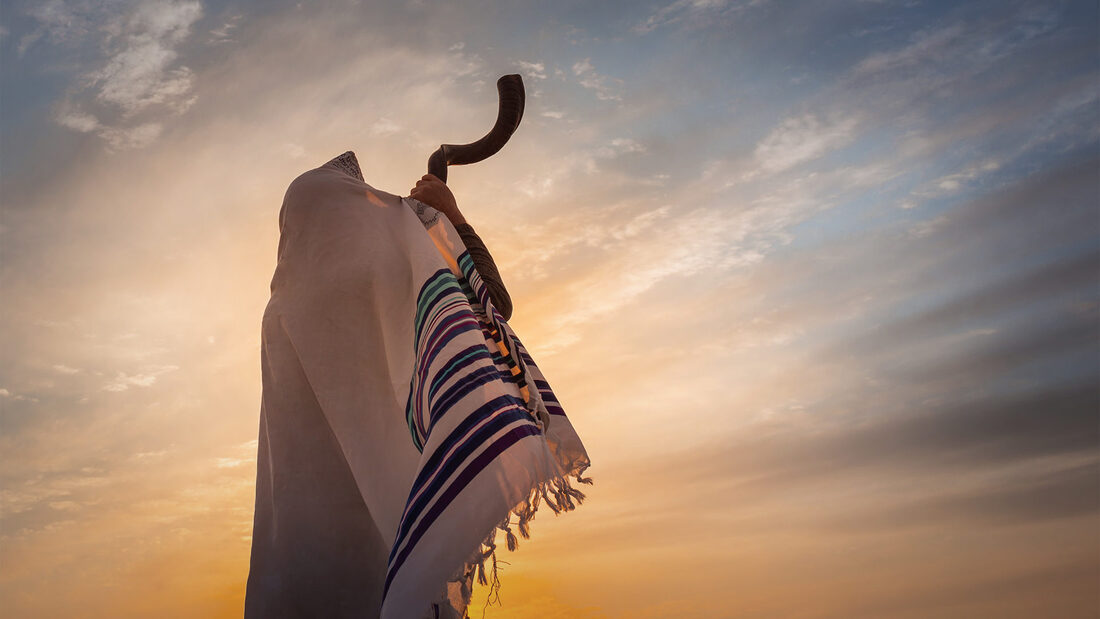
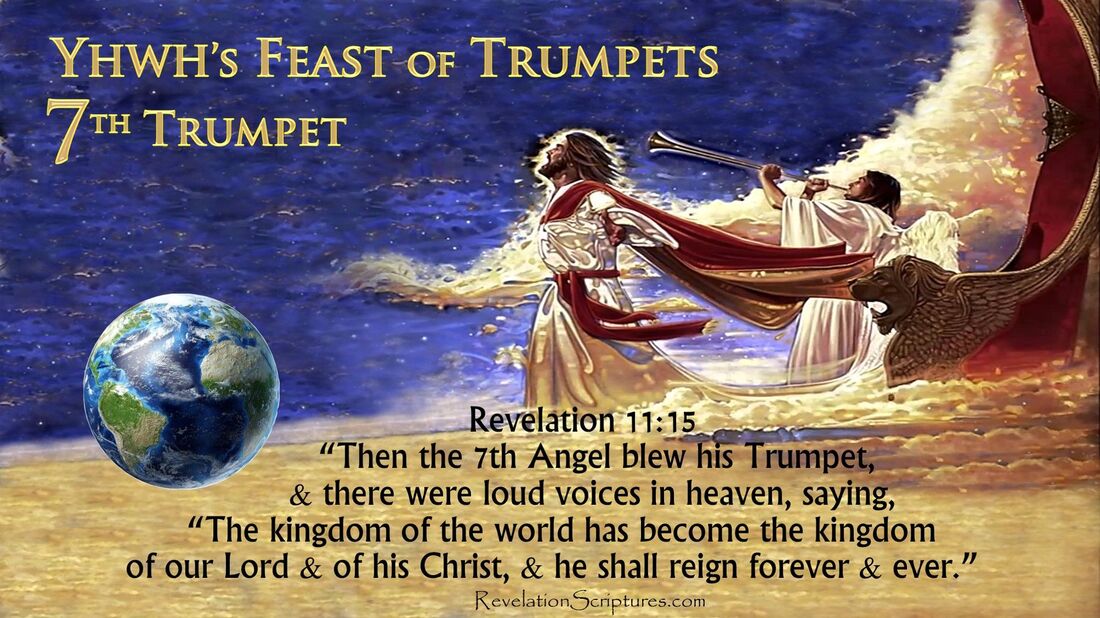
 RSS Feed
RSS Feed





